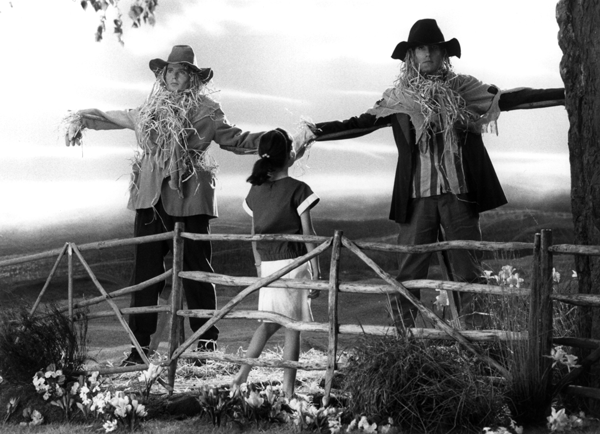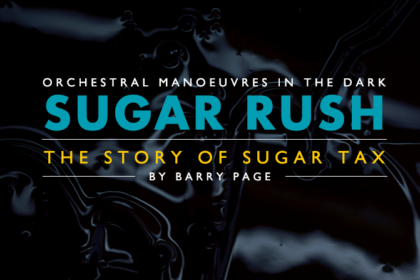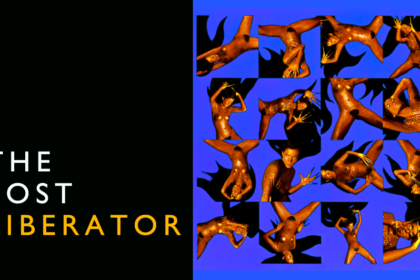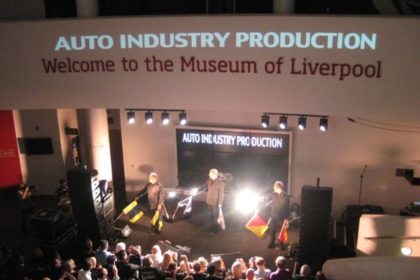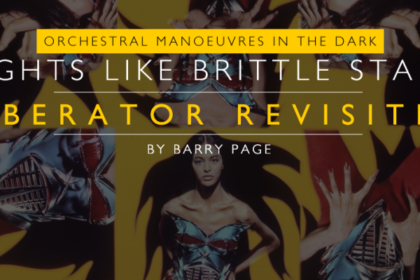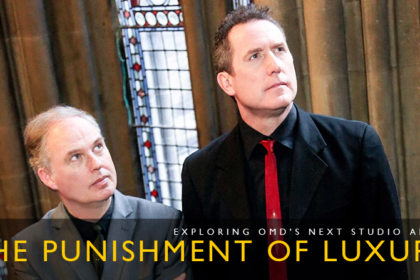OMD’s video history explored
A significant item in the arsenal of any popular music combo is the promotional video – a medium that came into its own in the 1980s during the heyday of the likes of MTV and VH1.
OMD were no exception, although their early videos were simple, often crude affairs. But by 1984, with the band enjoying a high public profile on the back of chart successes such as ‘Messages’ and ‘Enola Gay’, their videos began to take on a much more stylish and glossy appeal.
While in Brussels, completing their 5th studio album Junk Culture, the band took advantage of their location to employ a Belgian video company called The Dream Factory (who had previously worked with Belgian pop star Plastic Bertrand) to produce a video for the album’s first single release ‘Locomotion’. The video, directed by Jean-Pierre Berckmans, was shot over a period of three days around Brussels and Ostend on a budget of around £27,000.
Andy McCluskey recalled the amusing stories behind the video shoot: “Funniest part of it was trying to look like we were on a Caribbean cruise in the middle of Ostend harbour at 2 in the morning on that sailing ship and you can see the hot air coming out as breath when I’m singing! Martin got to go up in the air balloon and Malcolm got to dress up in a stupid outfit as we all did. Good fun that video but I remember being so tired when we were doing it”.
The execution of the videos that would accompany the later singles from Junk Culture fell to director Simon Milne. Originally from New Zealand, Milne had grown up in Italy before completing his education based in the UK. His career started out as an assistant photographer before moving into film editing during the 1980s – a move that brought him into the world of music videos.
Milne’s work saw his talents employed for a broad range of bands and artists including Elton John and Duran Duran. it’s Milne who produced Duran Duran’s ‘Union Of The Snake’ video – a concept originally conceived by director Russell Mulcahy, but who had to pass the project on to Milne due to feature film commitments. Mulcahy would later achieve success via films such as Highlander, but had originally built up an impressive music video portfolio working with everyone from Ultravox on ‘Vienna’ to The Human League’s ‘Empire State Human’ and, perhaps more significantly, OMD’s first ever promo video for ‘Electricity’.
It was Milne who came up with the initial concept for the ‘Talking Loud And Clear’ video. Originally, the storyline for the video involved two lovers wandering through the countryside interspersed with footage of OMD driving in the country. The video was to end with the couple arriving to see OMD play live.
That concept was rejected as being a little dull and so the infamous scarecrows idea was formulated. “The one that was supposed to look like Gone With The Wind and ended up looking like the Blue Peter version of Wizard of Oz!” recalls Andy, “Paul told me not to get dressed up as a scarecrow and I thought it sounded like a good idea – it’s all my fault! It’s a charming video and in fact if it didn’t have the scarecrow stuff it would be quite charming”.
It’s quite telling that the video shoot didn’t even bother to go on location, opting for studio shots, which perhaps made the outdoor scenes look even more contrived. Despite this, Andy derived some enjoyment from his co-stars in the video: “The two girls were sisters. The girl at the end, who you don’t see much of, was absolutely gorgeous and I fancied her pants off! The girl with the dark hair when I’m in my black leather jacket”. Keen-eyed viewers will also note that one of the women is the love interest that appears in the classic animated video for a-ha’s ‘Take On Me’.
Following OMD’s tour dates in Spain, the band were brought back to London in July 1984 by Simon Milne to work on the video for ‘Tesla Girls’. The original idea for the video was a parody of TV commercials for domestic appliances – a nod to the lyrics (and the original influence of electrical pioneer Nikola Tesla).
Although some elements of that idea are still present, Milne had opted for shots of the band performing with a backdrop of dancing girls – a concept that he had been quite keen to employ in many of his videos since being introduced to dance choreographer Arlene Philips (best known for Hot Gossip). “Some of my ideas, some of the directors” recalls Andy, “It got close to what we wanted but I guess in those days it could have been done cooler, but we didn’t know how to do it and those were the days of somewhat clumsy storyline videos”.
The release of ‘Never Turn Away’ marked the final Junk Culture single release and the promo video naturally put the focus on Paul Humphreys. The storyline of the video highlighted the issues that OMD faced when trying to deliver a visual image for the song, as Andy recalled, “All through that middle 80s period videos had to have a story and the problem was that with two guys fronting the band, if the song was in any way about love or relationships, you’d always end up one guy got the girl and the other guy didn’t! and it was like we used to take it in turns like ‘Is it Paul’s turn to get the girl now or mine?’ it ended up with some miserable sod wandering off into the sunset lonely!”.
‘Never Turn Away’ plays to form with Paul gets girl/loses girl to Andy in a video shot on location, including Temple Island near Henley-On-Thames – which features the striking ornamental folly used in the video. “Visually there was some very strong elements in there” suggests Andy, “What was the idea of the red sheet? I don’t know, but it looked good! I mean it was a bit mysterious, I kind of liked it but I don’t know what it was about. I think it was probably ripped off from some Italian film or something which I don’t know about because I’m not film-literate”.
Post-Junk Culture, Simon Milne continued producing videos for other bands, including ‘The Lebanon’ for The Human League as well as videos for Spandau Ballet and Bananarama. But he had also developed an interest in oil painting, inspired by the work of Thérèse Oulton, and moved to Sydney in 1990 to focus on painting.
The ‘boy gets girl’ concept would return in post-Junk Culture videos, such as ‘Secret’, although in later years OMD appeared to be more comfortable shooting videos that had the focus on band performances rather than what they perceived as contrived storylines. The Junk Culture videos do reveal a band in transition however, firmly moving into the world of commercial pop music and not afraid to embrace the gloss and glitter that comes with it.

